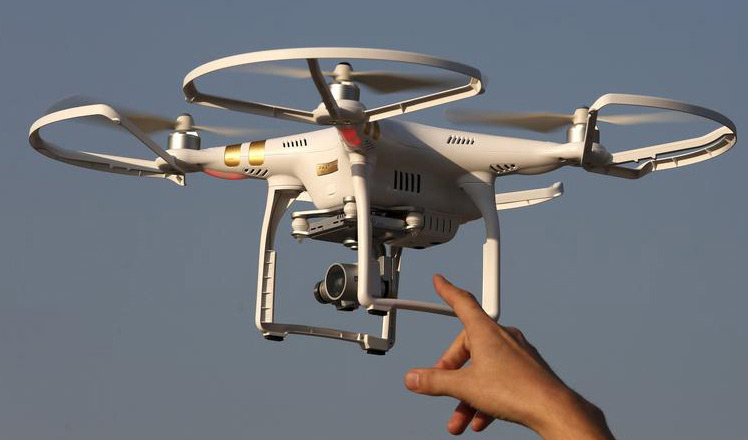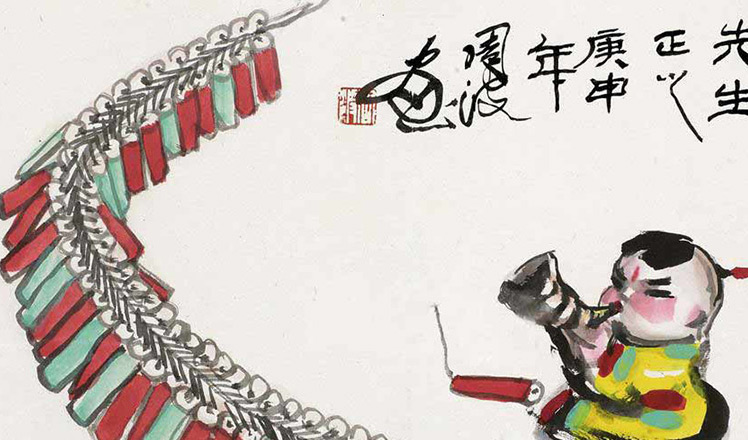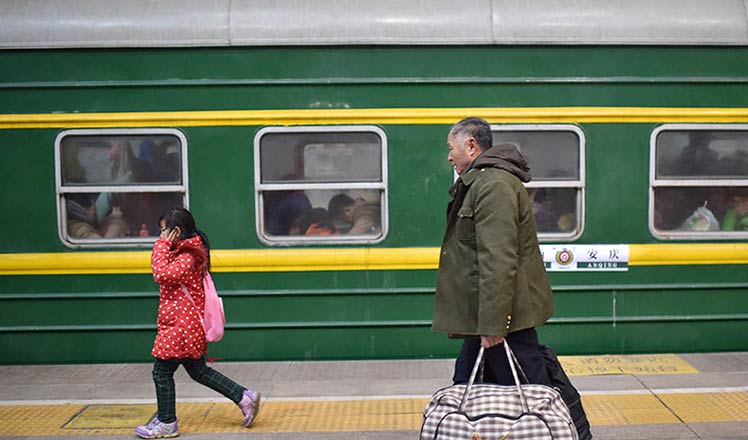China's Nuclear Emergency Preparedness
Updated: 2016-01-27 10:00
(chinadaily.com.cn)
|
||||||||
V. Main Measures to Cope with Nuclear Accidents
By referring the advanced international standards and drawing on worldwide mature experience, China has defined working measures to control, mitigate and cope with nuclear accidents commensurate with its national conditions and actual situation of nuclear energy development.
Implementing the defense-in-depth concept. Five lines of defense have been set up under which the nuclear emergency preparedness threshold is moved ahead and multiple barriers are installed to strengthen nuclear safety, prevent accidents and mitigate the consequences of an accident. The five lines of defense are: First, the quality of design, manufacturing, construction and operation shall be assured to prevent deviation from normal operation; second, operation procedures and operation technical specifications shall be rigorously followed and observed to ensure that each nuclear generating unit is operated within the defined safety range, any deviations therefrom are detected and corrected in a timely manner, and any abnormal operation is controlled to prevent it from evolving into an accident; third, in case a deviation fails to be corrected in a timely manner, plant safety and protection systems shall be automatically activated upon occurrence of an accident within the design datum, and emergency operations shall be organized to prevent the situation deteriorating; fourth, in case an accident fails to be controlled effectively, accident handling procedures shall be activated with the accident management strategy enforced to ensure that the containment shall remain intact and no radioactive substances are released into the environment; and fifth, in the event of failure of the above-mentioned lines of defense, off-site emergency actions shall be immediately activated in an effort to minimize any impact from the accident on the public or the environment. Meanwhile, multiple physical barriers shall be set up to ensure that multiple lines of defense are in place to prevent and control release of radioactive substances into the environment.
Exercising a tiered response scheme. The level of a nuclear accident shall be determined in accordance with the nature and seriousness of the accident and scope of effect from radiation, based on the International Nuclear and Radiological Event Scale (INES) guidelines of the International Atomic Energy Agency. The nuclear emergency preparedness condition is divided into Emergency Standby, Building Emergency, On-Site Emergency and Off-Site Emergency, which respectively correspond to Level IV response, Level III response, Level II response and Level I response. The first three levels of response mainly focus on the organization and implementation of emergency actions within the site. Off-Site Emergency shall be announced with its corresponding Level I response activated upon occurrence of release or possible release of a large quantity of radioactive substances into the environment in which accident consequences have crossed boundaries of the site, with the possibility of seriously jeopardizing public health and environmental safety.
Deploying actions of response. Every level of nuclear emergency organization shall implement the following response actions in whole or in part depending upon the nature and seriousness of the accident:
― Mitigating and controlling the accident in a timely manner. A professional force, equipment and supplies shall be thrown into immediate engineering emergency measures to mitigate and control any accident in an attempt to bring the relevant nuclear installation back to a safe condition while preventing or minimizing the release of radioactive substances into the environment.
― Conducting radiation monitoring and consequence assessment. Radiation monitoring shall be conducted at the site of the accident and areas affected and doses possibly absorbed by personnel shall be measured. Observation/surveillance and forecast on meteorological, hydrological, geological and seismic impacts shall be provided on a real-time basis. The accident conditions shall be diagnosed and substances released shall be analyzed to determine the accident evolution trend, evaluate radiation consequences and define the areas affected.
― Organizing personnel to implement emergency protection actions. If radioactive isotope of iodine has already been released or may be released arising from an accident, a professional team shall organize the public within a given area to take stable iodine pills to minimize radiation exposure to the thyroid gland. The people in the affected area shall be duly organized to take emergency protection measures deemed necessary, including hiding, evacuating, seeking temporary shelter or permanently moving out in order to prevent or minimize injuries from radiation exposure. Psychological assistance shall be provided in a timely manner to minimize social anxiety and panic.
- A glimpse of Spring Rush: little migrant birds on the way home
- Policy puts focus on genuine artistic students
- Police unravel market where babies are bought, sold as commodities
- More older pregnant women expected
- Netizen backlash 'ugly' Spring Festival Gala mascot
- China builds Mongolian language corpus
- Special envoy to visit Laos and Vietnam
- El Nino expected to wreak havoc in S. America well into 2016
- Police officer rescues frightened sloth at corner of busy highway
- US Secretary of State visits Laos, aiming to boost ties
- 2 Chinese nationals killed, 1 injured in suspected bomb attack in Laos
- New York, Washington clean up after fatal blizzard

 Creation of China Daily's Tibetan-style font
Creation of China Daily's Tibetan-style font
 Drone makers see soaring growth but dark clouds circle industry
Drone makers see soaring growth but dark clouds circle industry China's Zhang reaches Australian Open quarterfinals
China's Zhang reaches Australian Open quarterfinals
 Spring Festival in the eyes of Chinese painters
Spring Festival in the eyes of Chinese painters
 Cold snap brings joy and beauty to south China
Cold snap brings joy and beauty to south China
 First trains of Spring Festival travel depart around China
First trains of Spring Festival travel depart around China
 Dough figurines of Monkey King welcome the New Year
Dough figurines of Monkey King welcome the New Year
 Ning Zetao, Liu Hong named China's athletes of the year
Ning Zetao, Liu Hong named China's athletes of the year
Most Viewed
Editor's Picks

|

|

|

|

|

|
Today's Top News
National Art Museum showing 400 puppets in new exhibition
Finest Chinese porcelains expected to fetch over $28 million
Monkey portraits by Chinese ink painting masters
Beijing's movie fans in for new experience
Obama to deliver final State of the Union speech
Shooting rampage at US social services agency leaves 14 dead
Chinese bargain hunters are changing the retail game
Chinese president arrives in Turkey for G20 summit
US Weekly

|

|







